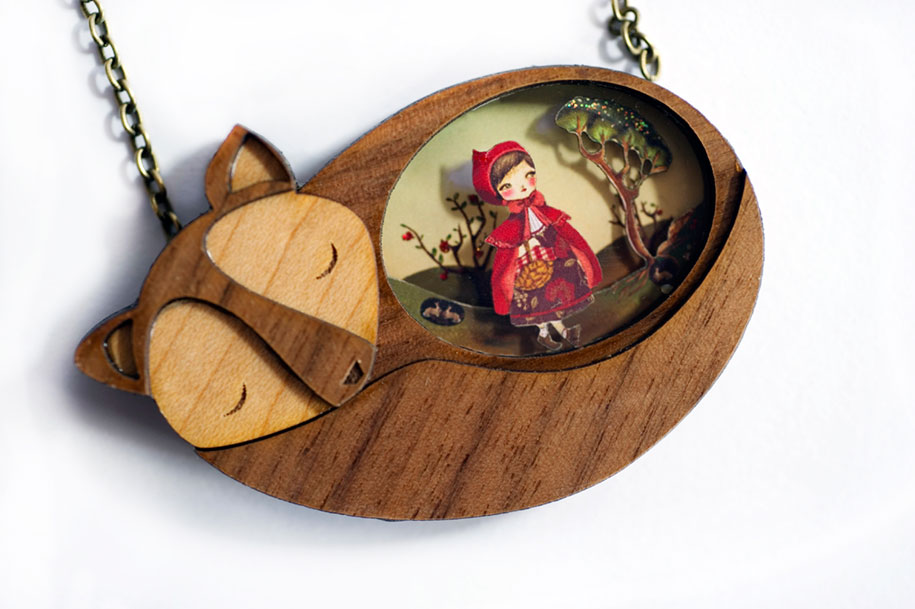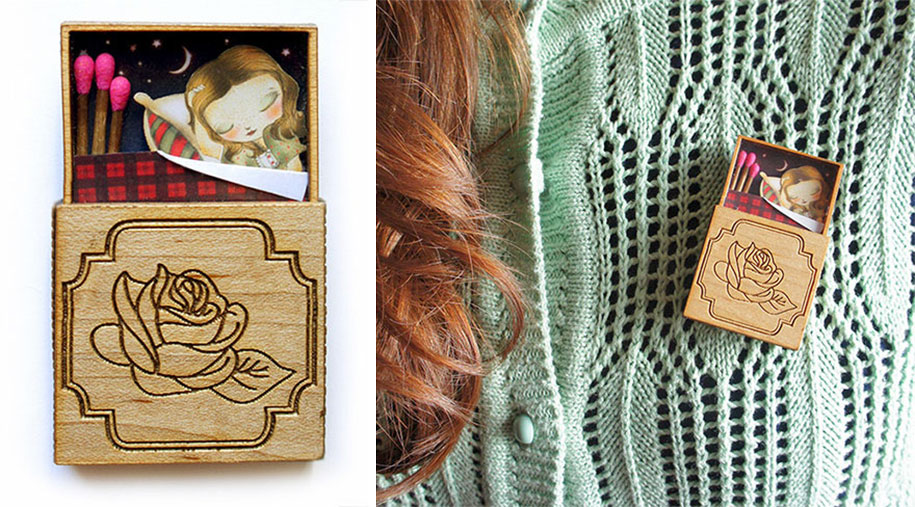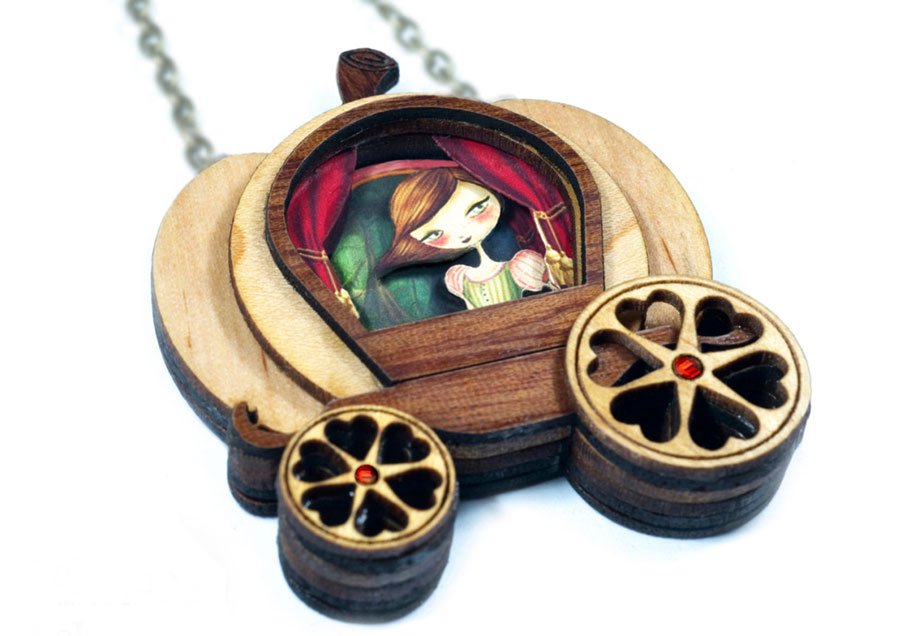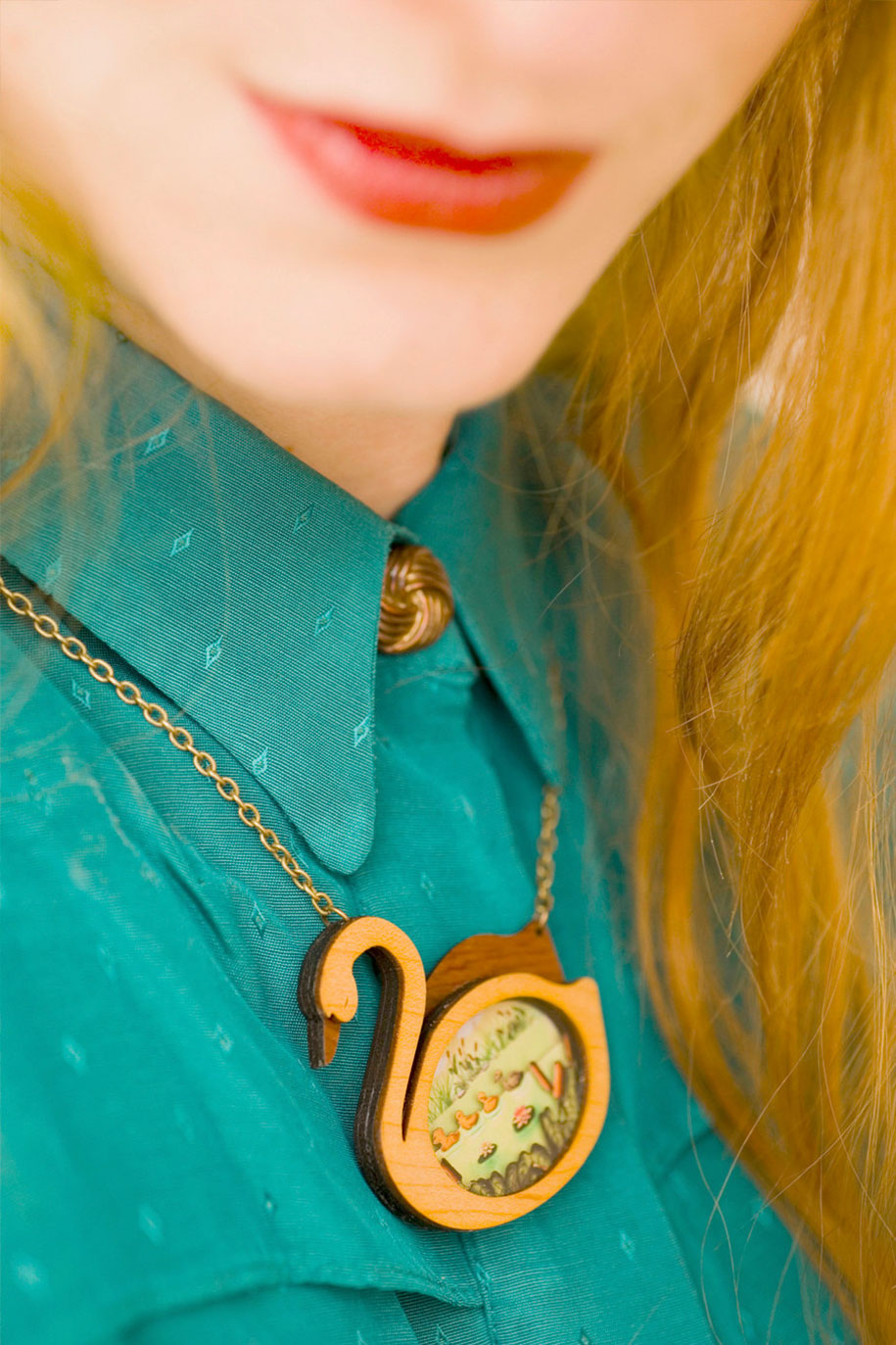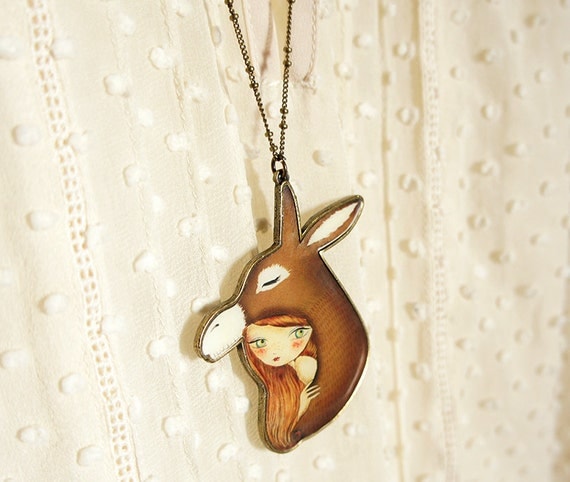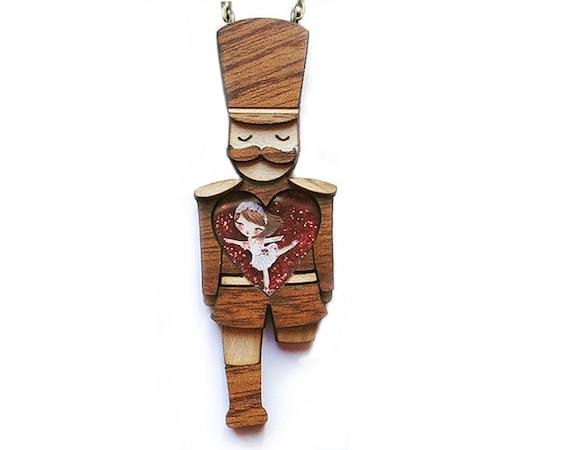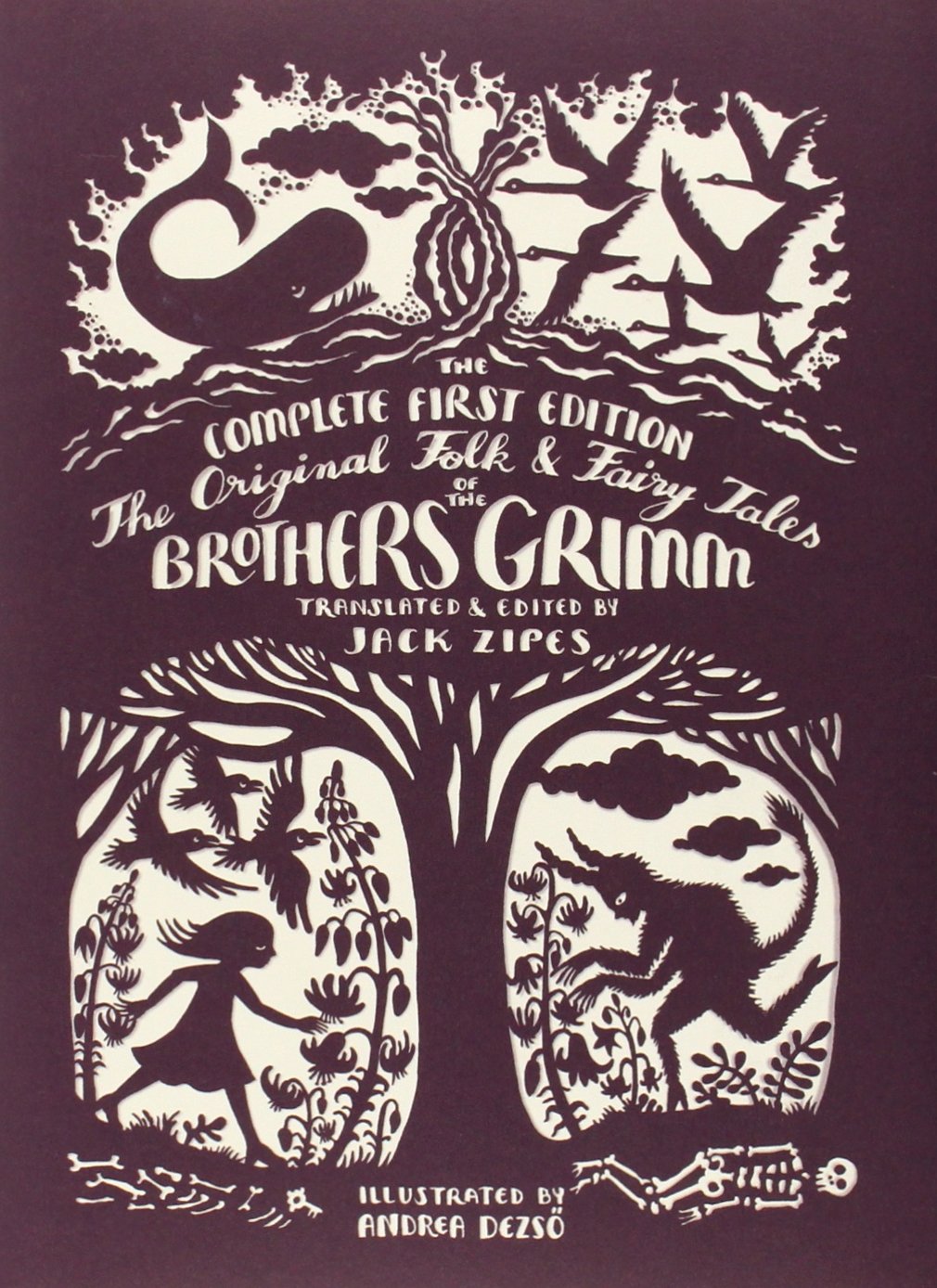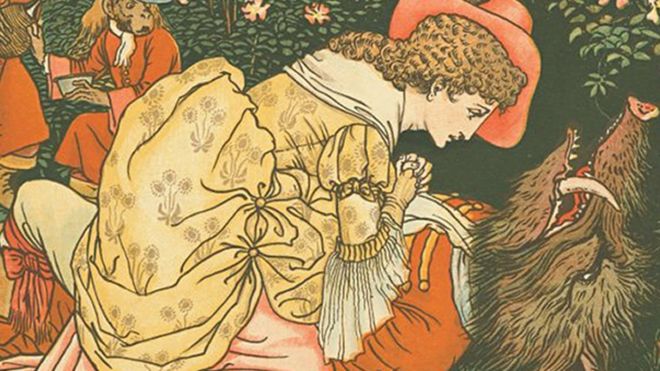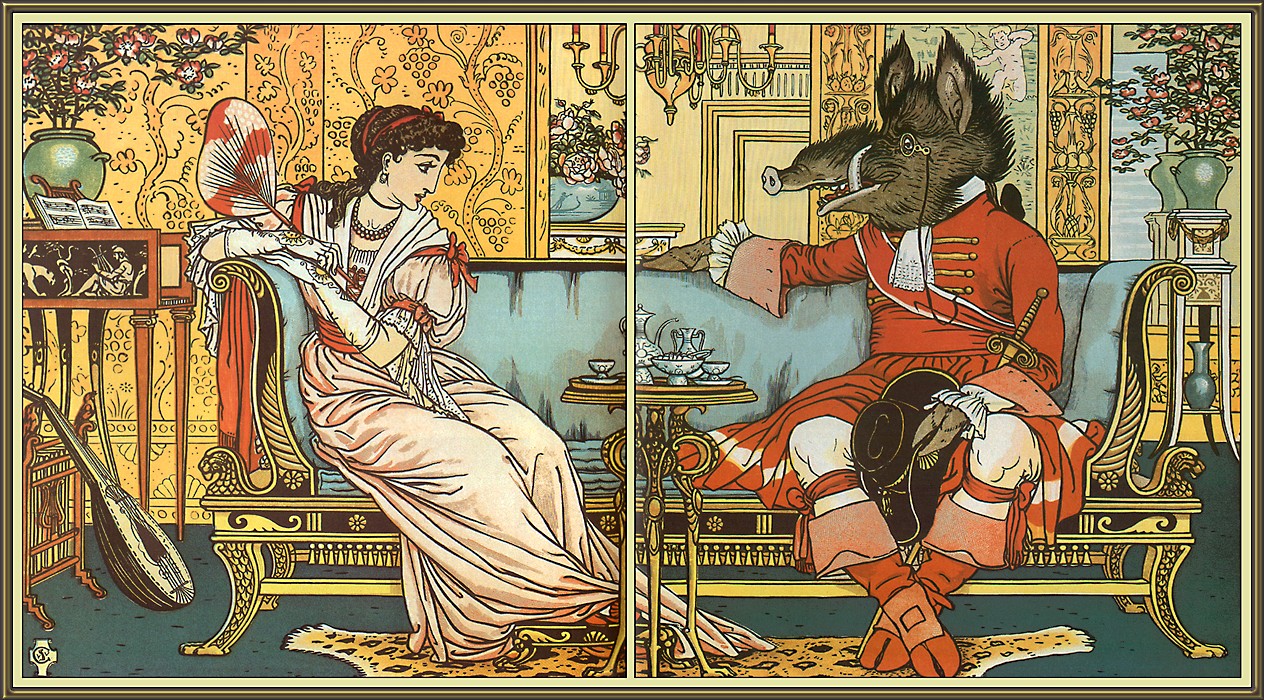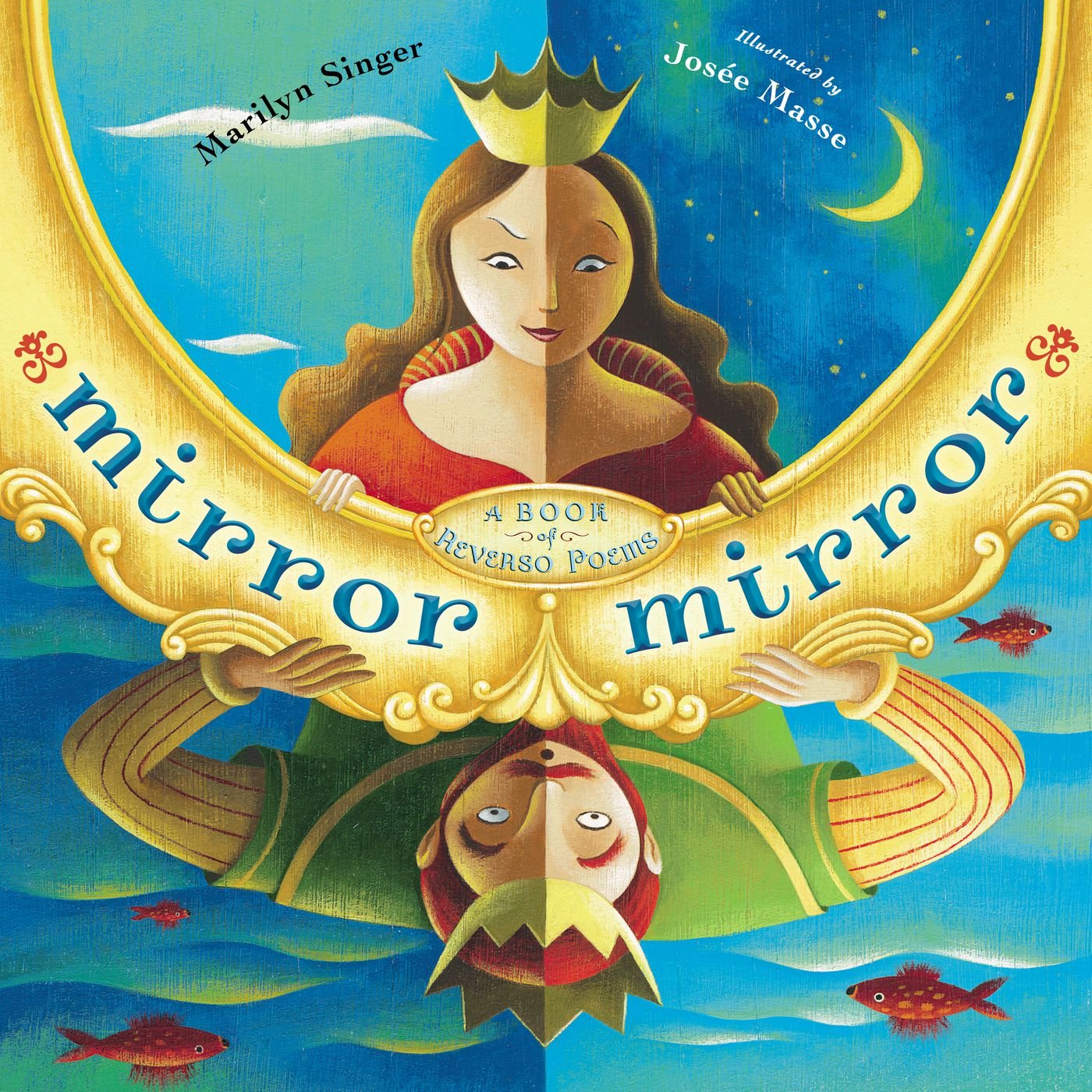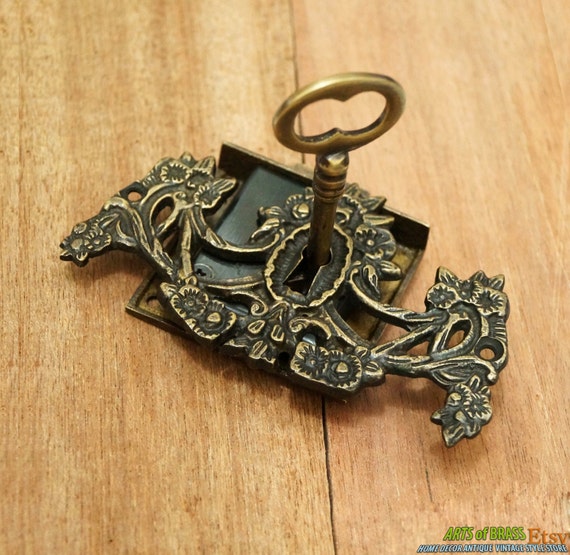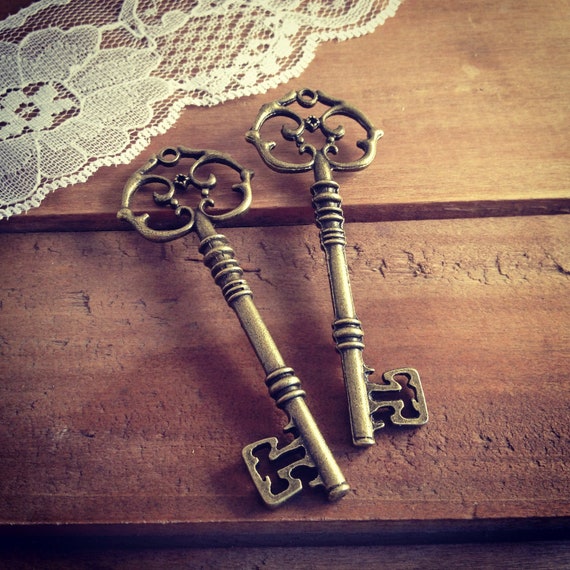This post is kind of an extension of some of the discussion that went on in the comments from my post on an alternate beginning for Rapunzel a couple weeks ago. It's largely been accepted in fairy tale scholarship that traditional fairy tales tend to condemn female curiosity, some of them outright (like Perrault's moral for "Bluebeard") and some of them more subtly. Culturally, it was typical for curiosity in women to be seen as a horrible thing for a while there, so it's sad but not too surprising that that idea would have been applied to fairy tales.
Yet, when you ignore the moral tacked on at the end or inserted by an editor trying to make their tales more marketable for children's instruction, what do the tales themselves actually say about curiosity?
Sleeping Beauty-the Princess is exploring the castle one day and finds a spindle, and touches it, having never seen one before. She falls into deathlike sleep, as was predicted by the fairy (and really caused by her father's attempts to prevent the spell from happening). But after her sleep is over, she ends up with a royal husband and is none the worse for her long nap (also an extra episode with an evil mother in law in some versions, but that also gets resolved and the villain punished)
Snow White-enters a strange house in the woods when she is running from her murderous mother/stepmother (this one is more desperation than curiosity, but she could have just sat outside and waited for the dwarves to come home, like a proper little girl should have). Yet she is never condemned-she strikes a deal with the dwarfs, who end up later helping the Prince find her (in a totally creepy way but that's a different topic)
Twelve Dancing Princesses-We are never told (in most versions) how the sisters discovered that there was an entrance to an underground kingdom in their bedroom, but it stands to reason they somehow discovered it, and made the choice to venture down. This tale is one of the most ambiguous, sometimes the Princesses are assumed to be under a spell, but in the Grimms their actions are never really explained-but they are also not specifically condemned (and interestingly, the princes in the underground kingdom are punished, but not the Princesses who traveled there to dance-the soldier, who was curious and adventurous enough to discover the truth, is the rewarded hero)
-And, in the "Twelve Dancing Princesses" category, we have to remember Kate Crackernuts, a version in which it's a female who does the exporing into the hidden Kingdom, saving her sister and a prince in the process! Thanks Sue Bursztynski :)
Bluebeard's Wife-opens the door to the forbidden chamber. Because of this she is threatened with death by her husband, but he is killed, and his killing seen as just. His widow ends up with his estate, and her freedom.
Jack and the Beanstalk-climbs up the beanstalk and discovers the world of giants. This gets him into a dangerous situation from which he ultimately escapes and triumphs, ending up with the money he lacked at the beginning
East of the Sun, West of the Moon/Cupid and Psyche-the heroine disobeys an order not to look upon her husband, seeing how hot he secretly is. She has to go on a long, hard journey to win him back, but they do ultimately end up together and happy

First of all, curiosity does often bring challenges and obstacles. (Even to males, like Jack!) And that, honestly, can be true. There's the old saying, "ignorance is bliss"-it's not always easy discovering new knowledge that might challenge your worldview, or the truth about a person you thought you could trust. Curiosity leads to discovering something you didn't know before, and that often sends you on a different life path than you were previously on. It's the same in detective stories-digging through clues and getting closer to the truth can put you in dangerous situations with the criminals, but is necessary for obtaining justice.
But if fairy tales truly wanted to condemn the curious, the characters who went where they weren't supposed to and opened locked doors would ultimately end up dying and/or unhappy-many fairy tales really do end tragically! The Grimms weren't afraid to punish disobedient children in their stories, or to make their villains suffer horribly. Yet the endings reveal that those who pursue knowledge really are the heroes and heroines, not the villains. Sometimes that forbidden discovery really enables the happy ending to happen. We, the readers, always want to know what lies on the other side of the door just as much as the characters-by listening we are complicit in the discovering alongside the protagonists! It would be too ironic if stories themselves (which impart ideas and knowledge) were to truly condemn discovery of other ideas and knowledge!
Of course, there are boundaries to curiosity. The Victorian idea of not indulging curiosity isn't entirely bad, because you should also respect other people's privacy, etc. The level to which the characters actually crossed that boundary could be debated for each tale and variant (such as Goldilocks). But for most of these stories, the plots of fairy tales ultimately speak louder than the official morals, and the characters who display curiosity are clearly the sympathetic protagonists.
Illustrations-Kay Nielsen





